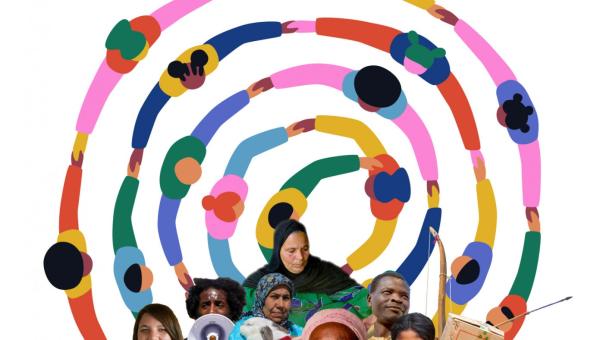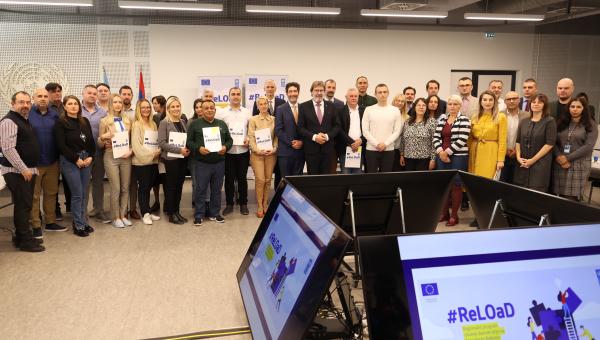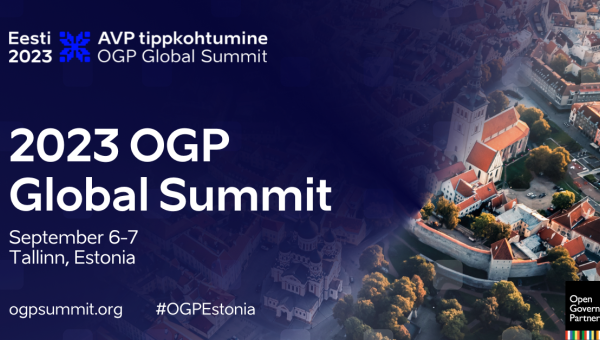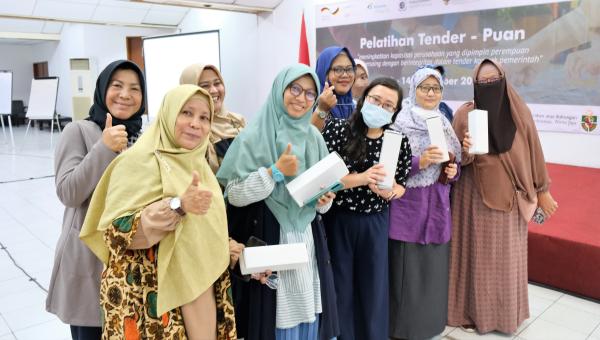UNDP
Accountability
Transparency
UNDP has a long-standing commitment to transparency, with Country Offices publishing financial, procurement and programme information on respective websites on an annual basis.
Open.undp.org, UNDP's online portal allows open, comprehensive public access to data on more than 10,000 UNDP projects, and publishes more than US$5.8 billion in project data.

In 2013 UNDP moved from once-a-year to quarterly publication of project information.
The 2020 Aid Transparency Index, produced by the campaign for aid transparency Publish What You Fund (PWYF), rated UNDP with a score of 96.6 out of 100. Increasing its rating by 1.2 points since the index was last published in 2018, UNDP continues to be a leader in transparency - topped only by the Asian Development Bank (98) and the World Bank (97.1).
Transparency leadership
A member of the International Aid Transparency Initiative (IATI) since its creation in 2008, UNDP has led outreach efforts with partner countries and UN agencies to champion the new aid transparency standard and make it relevant for national development planning, public financial management, mutual accountability and other processes at country level. More than 100 UN agencies, multilateral banks, bilateral donors and NGOs providing 76 percent of aid publish data in line with IATI guidelines.
Beginning in September 2013, a multi-stakeholder consortium led by UNDP has taken over the role carried out since 2009 by the UK’s Department for International Development (DFID) to host the Initiative's secretariat for a three-year period.
Aid effectiveness
Performance effectiveness, accountability and transparency are critical ingredients to trusted development partnerships. UNDP has made itself readily available to outside scrutiny through the assessment tools of its partner constituencies.
A Multilateral Aid Review (PDF) conducted by DFID in March 1, 2011, rated UNDP as good value for money.
Additional reviews and evaluations of UNDP by other partners are continuing with the shared goal of increasing aid effectiveness.
Taken together, the various assessments of UNDP demonstrate the organization’s ambition to continuously enhance its efficiency, effectiveness, accountability and transparency.
Institutional effectiveness
Institutional effectiveness is central to the transformation that UNDP envisions in its 2018-2021 Strategic Plan. Emphasizing partnerships and innovation, the Plan introduces six Signature Solutions to unlock the path to inclusive, sustainable development. Our aim is a well-orchestrated fit between our global vision and what we do on the ground, even as we remain open and flexible in the face of change, and closely attuned to different contexts.
Shifts in our headquarters and regional business architecture are bringing our staff together to cut through traditional programme “silos,” recognizing the reality that development’s many dimensions interconnect and build on each other. A process of aligning our country programmes maintains their traditional responsiveness to national priorities, while gearing them up to work in new ways—delivering better results, greater focus and increased value for money.
A new integrated results and resources framework is introducing more effective monitoring of how all UNDP offices achieve results and spend resources. To uphold quality assurance and foster organization-wide consistency, it includes core indicators and measurement guidance. UNDP’s first integrated budget has simplified and made more transparent the management of its different revenue stream.

 Locations
Locations




